3D Scanning for Reverse Engineering
SmartTech3D Structured Light Scanner
Functional 3D is a 3D Scanning Service Provider used by product designers across a wide range of applications. 3D Scanning for Reverse Engineering allows designers to create accurate and detailed digital models of physical objects. This technique has revolutionized the way products are designed and manufactured. F3D offers 3D Scanning for Custom Fit, 3D Scanning to Measure Complex Geometries, 3D Scanning to Measure Rubber and Soft Goods, and 3D Scanning to Reverse Engineer Existing Products.
Contact us today to schedule a call
Benefits of 3D Scanning in Reverse Engineering
Precision and Accuracy
Time and Cost Efficiency
Non-Destructive Process
Complex Geometries Made Simple
Iterative Design and Rapid Prototyping
Functional 3D Laser Scanning Services are used in a range of applications in the product design industry. We take the time to meet with our clients before scanning in order to tailor our deliverables to meet the needs of every use case.
3D Scanning to Measure Complex Geometries allows designers to Create Custom Fitted Parts by designing with digital models of real-world objects and environments.
Additionally, 3D Scanning to Measure Rubber and Soft Goods allows textile designers to digitize and measure flexible materials and create fabric patterns for manufacturing.
3D Scanned Mold for Manufacturing
3D Scanning for Reverse Engineering allows designers to capture accurate measurements of existing products. Scanned mesh data can then be used with reverse engineering CAD software to create a highly accurate surface model for manufacturing.
Functional 3D's 3D Scan to CAD Service can also aid in the creation of precise prototypes and molds, allowing designers to bring complex curvatures from the real-world into their design software, as well as create castable molds from existing forms.
Improve Precision and Accuracy with 3D Scanning
Traditional methods of reverse engineering involve manual measurements, which are time-consuming and prone to human error. In contrast, 3D scanning offers unparalleled precision and accuracy. By capturing the physical object's geometry and dimensions in a digital format, 3D scanners provide the most accurate representation possible. This level of precision is essential when reverse engineering complex designs, ensuring that every intricate detail is digitized and measurable.
Complex Curvature Captured in Scan Data
3D Scanning as a Non-Destructive Process for Reverse Engineering
Traditional methods of reverse engineering often involve disassembly, rendering the item non-functional throughout the process. However, 3D scanning offers a non-destructive alternative. By capturing the object's exterior surface without any physical alterations, 3D scanning allows for a non-intrusive examination, preserving the integrity of the original item.
Reverse Engineering Scan to CAD
Iterative Design and Rapid Prototyping
Reverse engineering can often act as a stepping stone towards iterative design and rapid prototyping in product development. By reverse engineering existing designs, engineers and designers gain insights into potential improvements and modifications. With 3D scanning, the transition from reverse engineering to the prototyping stage is incredibly fast by having a digital copy of the real world object to work with.
3D Scan Data Being Used to Design Custom Fitted Part
Increase Efficiency by Using 3D Scanning
By eliminating extensive manual measurements, sketches, and complicated calculations,3D scanning reduces turnaround time dramatically. By swiftly capturing the object's data, 3D scanners allow for remote analysis and modeling. This speed translates into reduced labor costs and accelerated project completion.
Complex Geometries Made Simple
Many objects that require reverse engineering possess intricate geometries, making it challenging to obtain accurate measurements using traditional methods. With 3D scanning, however, such complexities become manageable. Scanners can capture even the most convoluted shapes, ensuring a comprehensive representation of the object's form. This functionality is particularly vital in industries such as aerospace, automotive, and biomedical, where intricate designs are prevalent.







